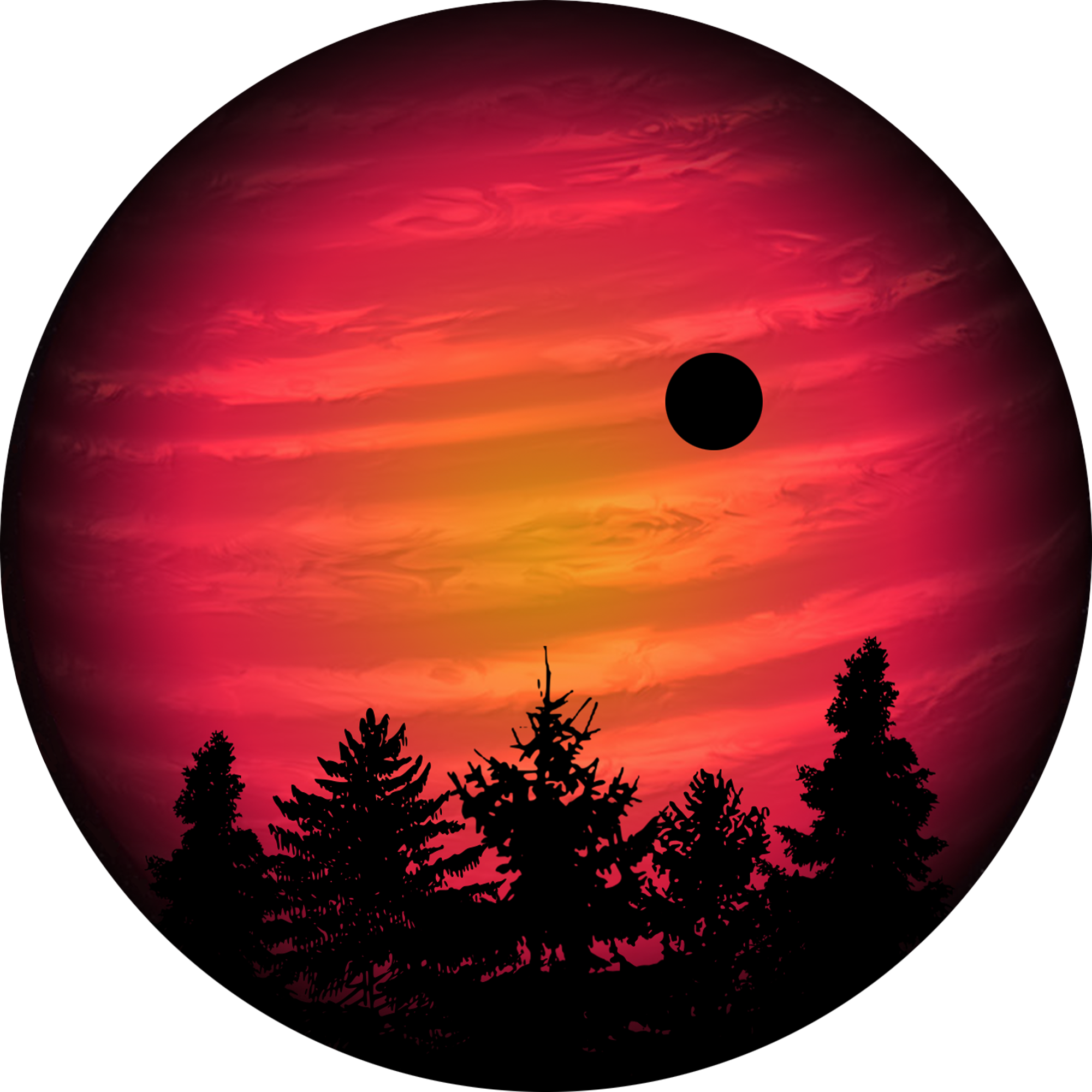PINES
The Perkins INfrared Exosatellite Survey

PINES is a search for transiting exosatellites around a sample of almost 400 nearby L and T dwarfs. L and T dwarfs span the transition from stars, to brown dwarfs, to planets, and are some of the smallest, coolest, and least-luminous host objects in the Universe. As a result, they present an extreme environment for satellite formation and evolution. We are currently searching for exosatellites orbiting L and T dwarfs via the transit method with the Mimir infrared camera on Boston University’s 1.83-meter Perkins Telescope.
The PINES name was inspired by the giant ponderosa pine trees native to the Coconino National Forest, which surround the Perkins Telescope and the nearby town of Flagstaff, Arizona (Flagstaff itself is named after a particularly tall ponderosa pine tree). PINES is a collaboration between Boston University (PI: P. Muirhead), the American Museum of Natural History, the University of Washington, and UC San Diego. Support for this project is provided by NASA’s Exoplanet Research Program.
